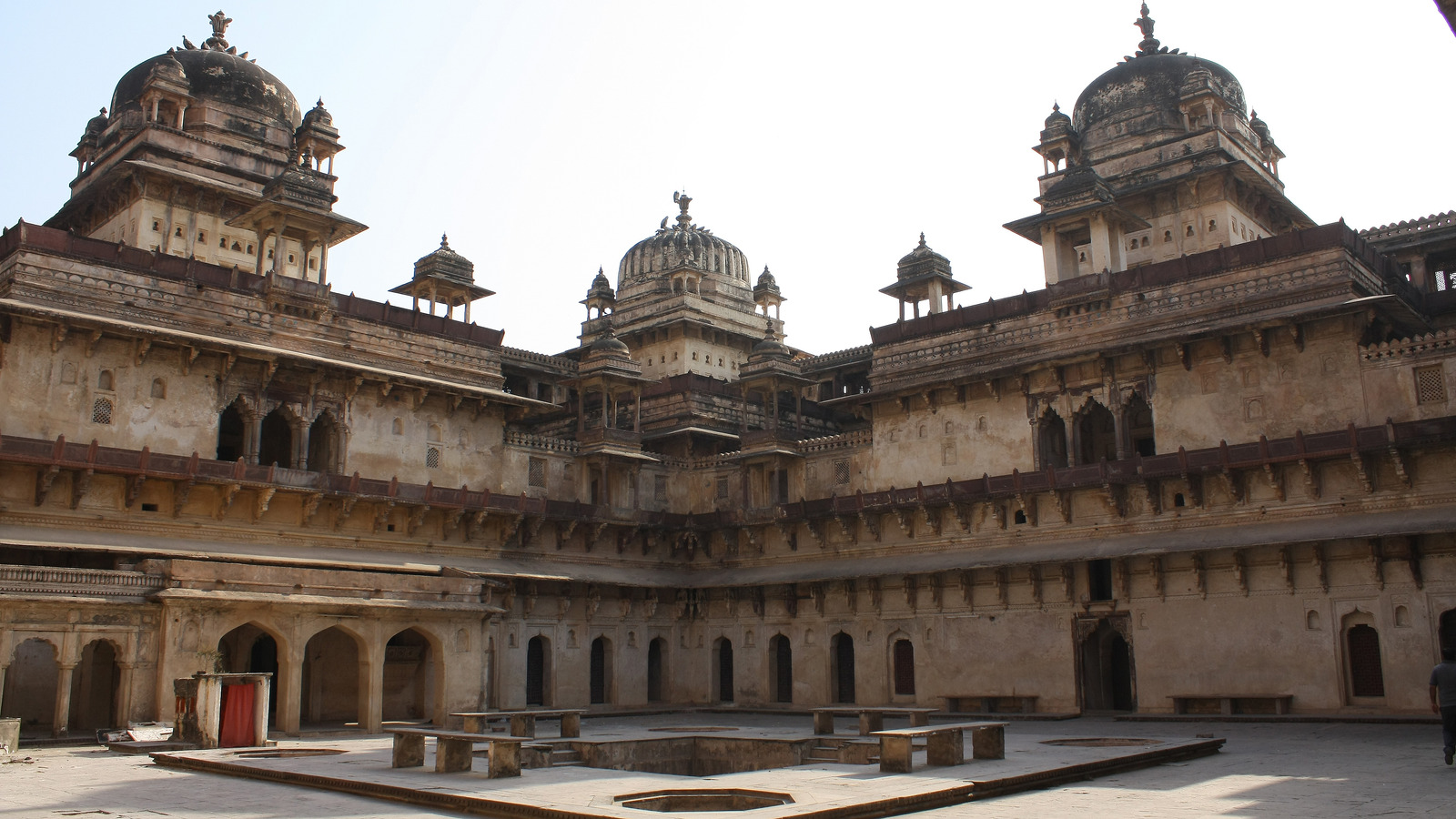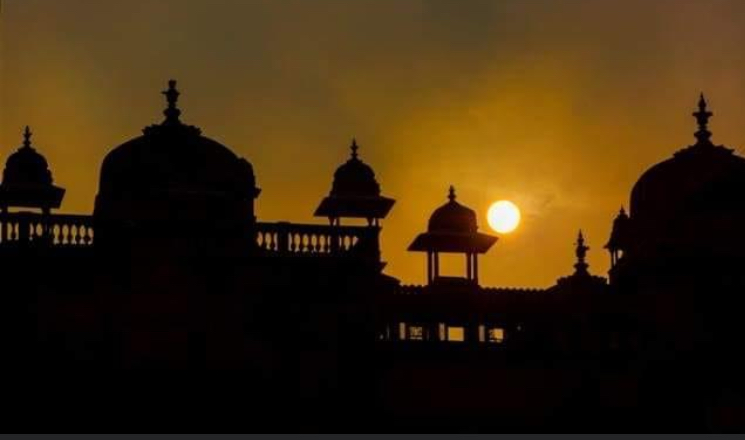
Madhya Pradesh is an intensive part of the peninsular plateau of India, lying in the north central part and is bounded by 2 plains and 2 valleys along with a plateau on all the four sides. These are the the plains of Ganga – Yamuna in the north, the Arawali in the west, the Chattisgarh plain in the east and the Tapti valley and the plateau of Maharashtra in the south.
Apart from these, there other highlands like the Satpura-Maikal and the eastern plateau regions. Both of these ranges lie to the south and the to the north- east of the Narmada-Sone valley, respectively. Districts like Chhindwara, Betul, Seoni, Balaghat, Mandla and parts of Khandwa and Khargone are nestled in the Satpura-Maikal ranges. With an average height of of 300 m, one can see several high peaks in these ranges. Dhoopgarh that rises to 1360 m above msl, is the highest peak of the state and is located in these ranges.
Interestingly, the Satpuras ( forming the eastern part), is broader than the Maikal ranges which is the western part that extends in a way to form a semi-circle. The Maikal ranges give birth to the Amarkantak plateau, which originates out of both Narmada and Sone rivers. Johila, Macherwa, Denwa and Choti Tawa are the other rivers in the area that meets in the Narmada.
The Baghelkhand Plateau that lies between Maikal ranges and Chhattisgarh, is found in the eastern plateau region. This plateau has an elevation of 1033 m above msl.
Narmada Sone Valley defines the terrain of Madhya Pradesh. Running through the state from east to west,it is a narrow and long valley covering almost the entire state. The districts named Shahdol and Sidhi are located in this valley. In addition to this, the lower part of this valley is called the Narmada valley that is covered with alluvial soil and has an average elevation of 300 m above msl. Some of the districts that are located here are Hoshangabad, Jabalpur, Mandla, Raisen, Khandwa and Barwani. If asked which valley is narrower, the Sone valley is narrower than Narmada valley and also the alluvial deposit is also comparatively poor. Thus agricultural activities predominate Narmada valley more than Sone valley that in return increases the importance.
The Central Highlands lie to the northern part of this valley, the Satpura-Maikal ranges in the south and the eastern plateau to the south-east. There is a formation of triangle due to the way in which the Central Highlands are spread between the Narmada-Sone valley and the Aravali ranges to the west. There are four uplands that are comprises the central highland region.
These are:

After Rajasthan, Madhya Pradesh is the second largest state of India with an area of 3,08,245 sq kms constituting 9.38% of the geographical area of the country.
Physio graphically, Madhya Pradesh can be fairly categorized into four regions :
Natural resources abounds the state of Madhya Pradesh.
Resources like fuels, minerals, agriculture and biodiversity enrich this state which encourages great profits in return and also leads to economic development. It is also the sole diamond producing state in the country. Diamond production in the state stood at 35,078 carats during April 2017-February 2018.
The population density of Madhya Pradesh is 236 persons per sq km.
mp NAHI DEKHA .. TO KUCH BHI NAHI DEKHA

WhatsApp us